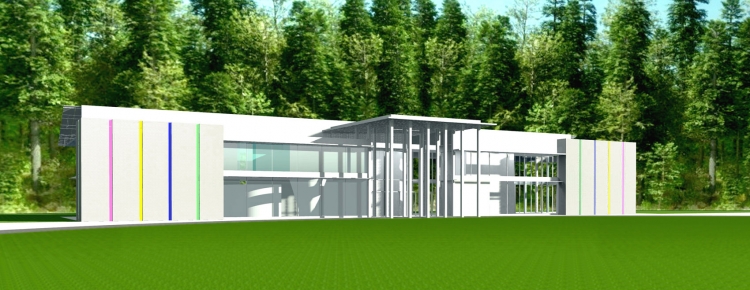
Homes and larger structures contribute significantly to global warming. According to a recent US EPA report, the commercial and residential building sector generated 11% of the total US greenhouse gas emissions in 2016. A Canadian government paper cited 2015 statistics showing buildings contributed 12% of Canada’s total annual greenhouse gas emissions.
We can do better—much better! Scientists, engineers, building envelope specialists, and construction experts continually strive to design and build “tighter” structures. Structures approach and achieve net-zero energy status while creating healthy and comfortable interior environments for their occupants.
Until quite recently, energy-efficient design and construction knowledge and expertise almost exclusively benefited large commercial and institutional buildings. However, the need to build energy-efficient structures is now impacting residential construction directly—jurisdictions are imposing building codes demanding that homes become energy misers, or they won’t pass inspection, period. Opportunities are rapidly arising in the residential sector for building energy engineering specialists.
These specialists (also known as certified energy advisors, or CEAs) evaluate and influence home design to achieve superior energy performance. To illustrate one example, CEAs employ sophisticated computer programs and proven design practice to specify, position, and size windows. Why? Optimally harnessing the sun’s energy for passive heating purposes in colder weather while ensuring minimal overheating during the hottest summer months is not something one can guess at. Such analysis, done well, can greatly shrink heating costs and a home’s carbon footprint.
Tailoring energy engineering services to meet or exceed building code-mandated energy performance for new homes is relatively straightforward. Services often include:
- Optimizing performance of a structure’s thermal envelope—specifying materials, construction assemblies, and insulation required for foundation walls and floors, exterior walls, and roof spaces; minimizing thermal bridging and drafts.
- Determining best orientation of the structure on the building lot, accounting for the sun’s seasonal travel, prevailing winds, and physical features contributing to seasonal and daily shading.
- Specifying, locating, and sizing windows and doors to minimize heat loss and maximize passive solar heat gain in cold weather while avoiding overheating in warm weather.
- Offering upgrade options to homeowners to improve energy efficiency and occupant comfort while reducing operating costs.
- Testing for leakage in the building envelope and inspecting the thermal envelope.
- Offering advice on various high-efficiency construction techniques, windows and doors, and building mechanical (heating, ventilation, and air-conditioning) systems.
- Applying for energy-efficiency certification, including Passive House, Net-Zero Housing, R-2000, and Energy StarTMcertification (in North America).
- Calculating expected annual energy costs and return on investment for various energy performance options.
Existing homes also benefit from building energy engineering expertise. Handheld infrared thermal leak detectors quickly identify the major sources of heat loss (or gain). Accurately designed and installed fixes can then follow. Such fixes include adding insulation to walls and attic spaces, replacing heavy sun-exposed windows with high-performance glazing, plugging drafts, upgrading old HVAC equipment to high-efficiency units, extending overhangs for additional shading, adding or modernizing window coverings, cleaning and replacing air filters, and upgrading wall cladding.
The reality is, costs to construct high-performance energy-efficient homes and upgrade the energy performance of existing homes can vary widely and add up quickly. Thankfully, CEAs can estimate performance gains against costs incurred and guide a homeowner’s decision-making to strike the right balance.
Using the tools available to them, CEAs are trained to deliver the right energy performance at the lowest possible cost. Their value will continue to rise as the irreversible trend of designing and building energy-efficient homes gains momentum.
Originally posted on Integine in 2018

